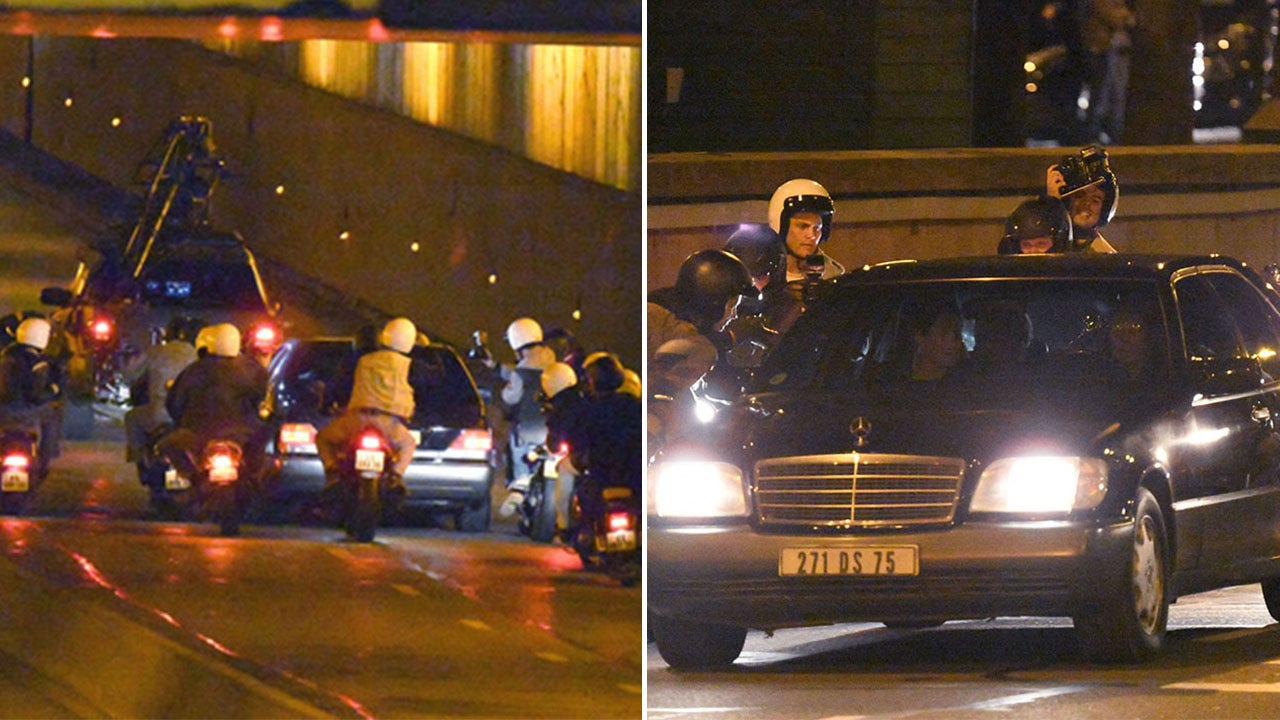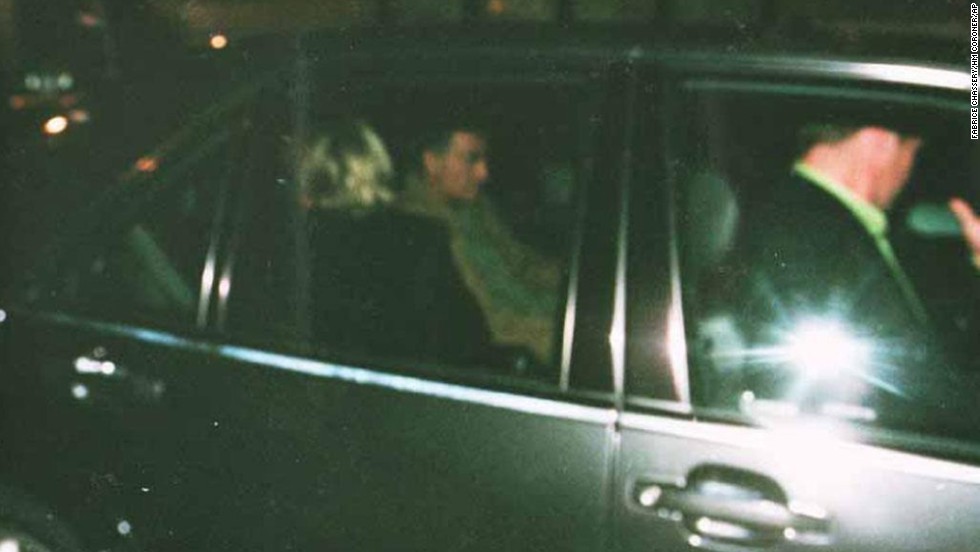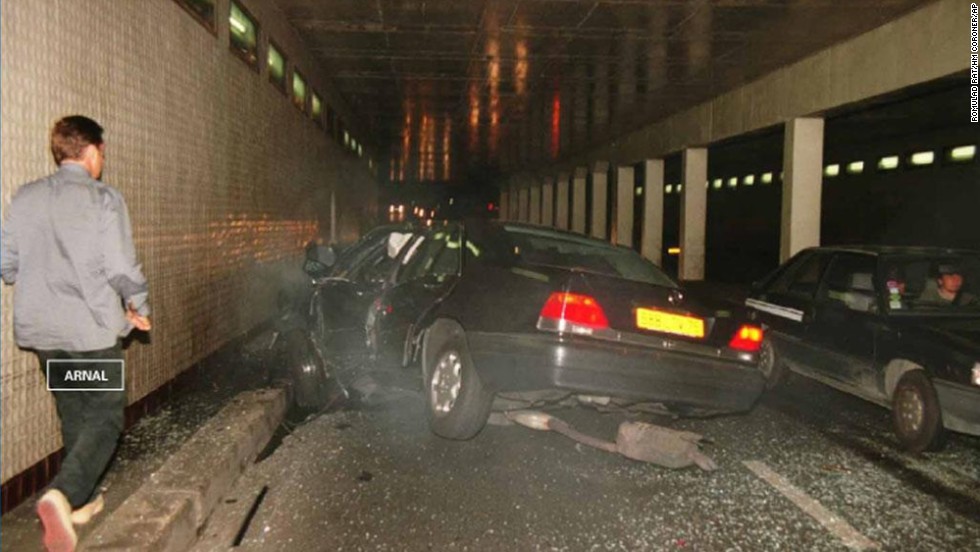Diana In Car Crash Photos: A Comprehensive Look At The Tragic Incident
The world was shaken when Princess Diana tragically passed away in a car crash in 1997. The incident remains one of the most discussed and analyzed moments in history, with numerous photographs capturing the aftermath. In this article, we delve into the details of the event, exploring the context, the photos, and their impact on public perception.
Princess Diana's life was one of extraordinary achievements and challenges. Her death left a void in the hearts of millions who admired her work and dedication to humanitarian causes. The photographs taken at the scene of the crash have since become a topic of intense debate, raising questions about privacy, media ethics, and the public's right to know.
As we examine the circumstances surrounding the crash, it is important to understand the broader implications of the incident. This article provides an in-depth analysis of the event, addressing key questions and offering insights into the legacy of Princess Diana and the lessons learned from her untimely passing.
Read also:Richard Dadario The Visionary Entrepreneur Shaping The Modern Business Landscape
Table of Contents
- Biography of Princess Diana
- Overview of the Car Crash
- Impact of the Car Crash Photos
- The Role of Media
- Ethical Debate Surrounding the Photos
- Public Reaction to the Incident
- Investigation Findings
- Memorial and Legacy
- Lessons Learned from the Tragedy
- Conclusion
Biography of Princess Diana
Early Life and Achievements
Princess Diana, born Diana Spencer on July 1, 1961, was a member of British aristocracy. She became a global icon due to her work with charity organizations and her efforts to bring attention to issues such as AIDS, landmines, and homelessness. Her marriage to Prince Charles in 1981 was watched by millions worldwide, marking the beginning of her public life.
Below is a summary of her personal data:
| Full Name | Diana Frances Spencer |
|---|---|
| Date of Birth | July 1, 1961 |
| Date of Death | August 31, 1997 |
| Spouse | Prince Charles |
| Children | Prince William and Prince Harry |
Overview of the Car Crash
On August 31, 1997, Princess Diana was involved in a fatal car crash in the Pont de l'Alma tunnel in Paris. The Mercedes-Benz S280 she was traveling in collided with a pillar, resulting in severe injuries to the occupants. Diana, her companion Dodi Fayed, and the driver Henri Paul tragically lost their lives, while bodyguard Trevor Rees-Jones survived.
Circumstances Leading to the Crash
The crash occurred under intense media scrutiny, as paparazzi pursued the vehicle relentlessly. The driver, who was later found to be under the influence of alcohol, was speeding in an attempt to evade the photographers. This reckless driving played a significant role in the tragedy.
Impact of the Car Crash Photos
The photographs taken at the scene of the crash quickly circulated worldwide, sparking outrage and grief. These images captured the immediate aftermath of the incident, showing the damaged vehicle and emergency personnel attending to the victims.
- The photos were widely published in newspapers and magazines.
- They fueled public anger toward the media for invading the privacy of the victims.
- The images became symbolic of the dangers of obsessive celebrity coverage.
The Role of Media
The media played a pivotal role in shaping public perception of the crash. The relentless pursuit of Princess Diana by paparazzi contributed to the tragic circumstances leading up to the accident.
Read also:Ximenna Saenz A Rising Star In The Spotlight
Media Responsibility
Questions were raised about the ethical responsibilities of journalists and photographers. The incident highlighted the need for stricter regulations to protect individuals from intrusive media practices.
Ethical Debate Surrounding the Photos
The publication of the car crash photos ignited a fierce ethical debate. Many argued that the privacy of the victims should have been respected, while others believed the public had a right to know the details of the tragedy.
Public Privacy vs. Public Interest
This debate centered on the balance between the right to privacy and the public's interest in significant events. The case of Princess Diana underscored the importance of ethical considerations in journalism.
Public Reaction to the Incident
The world mourned the loss of Princess Diana, with an outpouring of grief expressed through memorials, tributes, and public gatherings. The car crash photos added to the emotional impact of the tragedy, as people were confronted with the stark reality of the incident.
Grief and Solidarity
Millions of people came together to honor the memory of Princess Diana, demonstrating the profound effect she had on individuals and communities around the globe.
Investigation Findings
An official investigation into the car crash revealed several key factors contributing to the tragedy. The driver's intoxication, high-speed driving, and the pursuit by paparazzi were cited as primary causes.
Key Findings
- The driver, Henri Paul, had a blood alcohol level above the legal limit.
- The Mercedes was traveling at excessive speeds, estimated at over 100 km/h.
- Paparazzi pursued the vehicle aggressively, contributing to the chaotic conditions.
Memorial and Legacy
Princess Diana's legacy endures through the various memorials and charitable initiatives established in her honor. Her dedication to humanitarian causes continues to inspire generations.
Legacy of Compassion
Her work in raising awareness about global issues has left a lasting impact, encouraging others to follow in her footsteps and make a difference in the world.
Lessons Learned from the Tragedy
The car crash and its aftermath provided valuable lessons about the dangers of invasive media practices and the importance of respecting personal privacy. The incident prompted discussions about media ethics and the need for better safeguards to protect individuals from harm.
Preventing Future Tragedies
Efforts have been made to implement stricter regulations and guidelines for journalists and photographers. These measures aim to prevent similar tragedies in the future while ensuring the public's right to information is upheld.
Conclusion
The tragic car crash involving Princess Diana remains a poignant reminder of the consequences of excessive media intrusion. The photographs taken at the scene have played a significant role in shaping public perception and sparking important debates about ethics and privacy.
We encourage readers to reflect on the lessons learned from this tragedy and consider how they can contribute to a more respectful and responsible media environment. Share your thoughts in the comments below or explore other articles on our site for further insights into this and related topics.


